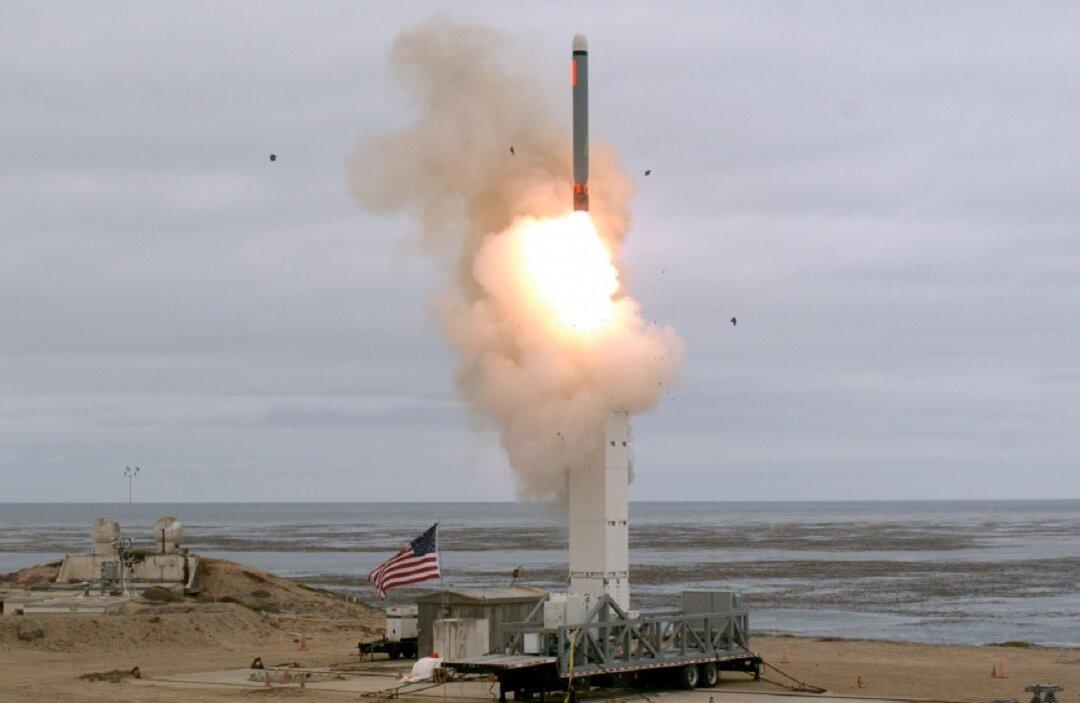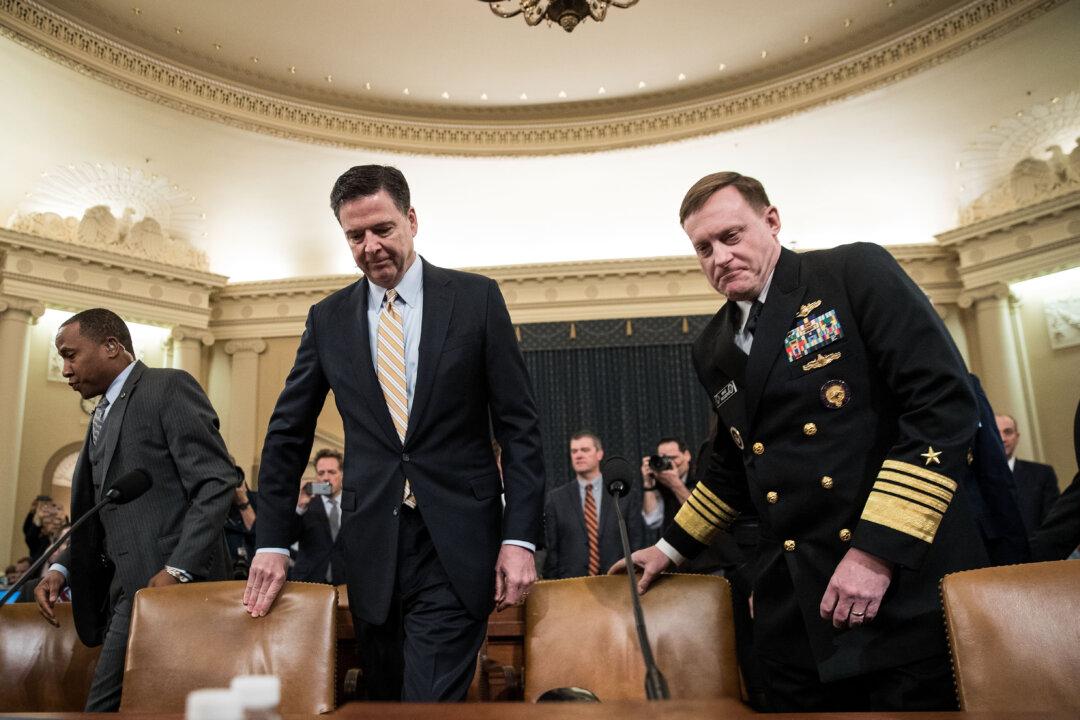The United States has tested a medium-range ground-launched cruise missile that would have been banned under a treaty with Russia from which the United States formally withdrew on Aug. 2.
The Intermediate-Range Nuclear Forces (INF) Treaty was signed during the Cold War, but U.S. officials—with backing from the North Atlantic Treaty Organization (NATO)—argued that Russia breached the treaty, refused to correct its actions, and insisted it hadn’t violated the treaty.





